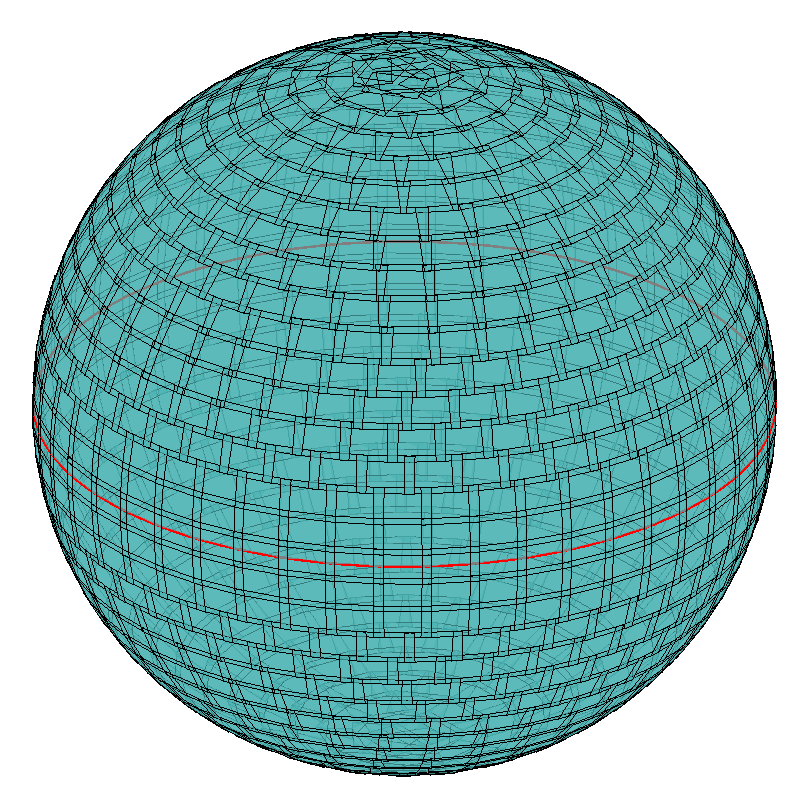In editing
@Astrogerdt document, I thought of a couple more things.
1) We want to mention DrizzleIntegration for those with systems > 10arcsec/px.
2) Changed Altitude > 40 to Altitude > 30 [to be consistent with zd < 60]
3) Have specified final "product" and permitted users to send files comprising 9 x 6, rather than insist they do their own - potentially destructive - mosaicing to begin with. To keep the number of files within reason, I suggest that we permit a maximum of up to 3 three files per field.
I haven't included text about keeping the data for 12 months. I would propose to include that in the Forum announcement, along with a draft copyright statement. I am not a lawyer [but I had plenty of experience of legal IP matters during my career], but I am sure that some members of the AB community will be, so I suspect if we put it out there in the announcement, we will get informed feedback.
I think it is also good to put an IP intent out there at the outset.
Some draft words for our announcement.
The ABC Survey: AnnouncementThe ABC survey team are delighted to announce the first lunation of the Astrobin Community (ABC) survey. This is a community-based attempt to produce a high-quality, relatively deep all-sky colour survey of the night sky.
Following an extensive discussion of the survey parameters on the AB forum, the observing and processing pipeline may be found here [link] and the field centres may be found here [link]
The survey design has been founded on the principles of i
nclusivity,
community and
quality.
The ABC Survey team would like as many people as possible to take part. While the
quality principle drives us to an prescribed observing and processing pipeline under relatively dark skies (Bortle 4 or better), the field size (9 x 6 deg) and resolution (10arcsec/pix) has been design to be
inclusive of imaging systems with focal lengths 85-250mm and both full frame and APS-C sized sensors.
For those that cannot take part in the imaging part of the survey, there will be plenty of opportunity for the
community as a whole engage in the subsequent QC and mosaicing of the data.
Survey Procedure 1) Please book the fields you propose to observe on a lunation-by-lunation basis, using this google docs form [link].
2) Follow the observing and linear processing pipeline in this document here [link]
3) One you have the final image[s] for the field[s] you have booked, please send a message to my Astrobin Account and I will send you a Dropbox link to upload you image too.
4) I will then download these images into an Astrobin account setup for the purpose of collating the data, and from which the survey will be built.
5) Any booked field[s] whose image[s] have not received by full moon, will be unbooked again. So others may make an attempt. If you have not been able to complete a field, but already have some/much of the data taken, please message me and the booking can be kept open. The ABC Survey team would also request that you keep all sub-frames and master calibration frames on disk for at least 12 months. As the survey team progress the task of bringing the all-sky survey together, we may need to ask for the original sub-frames to be re-processed.
We do not hide from the fact that we do not know (yet) the best way to bring all these images into a seamless all-sky survey. Working on it together as a community, we give ourselves the best chance of finding a solution.
Nevertheless, we embark on this survey not knowing whether it will work or not. This first dark lunation is very much a test of the community take-up, ability to manage the data and the homogeneity in bringing it all together.
We understand that you are giving up some of your rare clear, dark nights to contribute to a greater endeavour whose success (or failure) is, as yet, unknown. For that, we thank you.
Draft Copyright
Our proposal is that all individual images remain the copyright to the person who acquired the data. In providing the data to the ABC survey team, that individual permits the ABC survey team to use that data for the purpose of constructing an all-sky survey, from which various products [catalogues, images of sub-regions of the sky] can be derived. Those products will be copyright of the ABC community, and freely available to all subscribed members to Astrobin.



